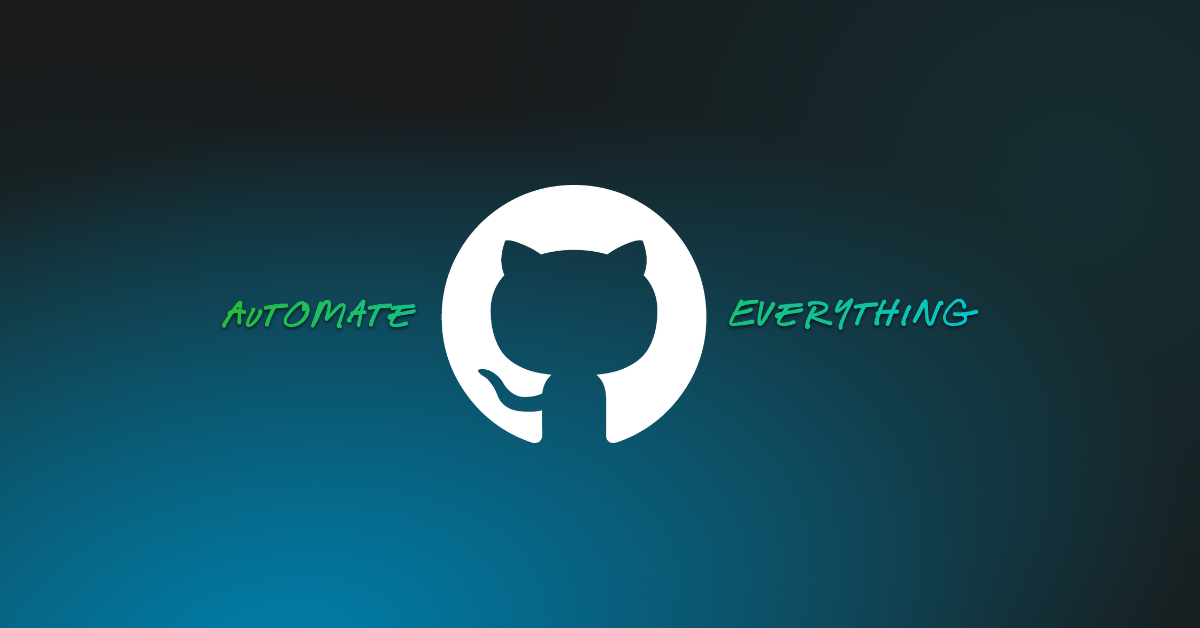Introduction
In today's dynamic digital landscape, the need for an effective internal development portal (IDP) is more crucial than ever. These portals serve as centralized platforms that provide tools, resources, and information to support the software development lifecycle. They also play a crucial role in fostering a streamlined and efficient development environment within an organization. In this blog post, we'll talk about the importance of an internal development portal and features and offerings of two prominent IDPs: Backstage and Getport.io. By the end, you'll have a clearer understanding of which platform aligns better with your specific needs.
How an Internal Development Portal improves your Organization
Centralized Access to Resources:
Internal development portals act as centralized hubs, bringing together essential resources and tools required for development projects. This includes documentation, coding standards, project templates, libraries, and other assets, ensuring that developers have easy access to everything they need in one place.
Consistent Development Practices:
Development portals often include guidelines, best practices, and coding standards that help maintain consistency across projects. This ensures that all developers within the organization adhere to the same set of standards, leading to better code quality, maintainability, and overall project consistency.
Efficient Onboarding:
For new team members or developers transitioning to a new project, internal development portals serve as invaluable resources for onboarding. They provide documentation, tutorials, and other materials that help newcomers quickly get up to speed with the organization's development processes and practices.
Automation and Integration:
Many development portals incorporate automation tools and integrations with other development services. This can include continuous integration/continuous deployment (CI/CD) pipelines, code analysis tools, and version control systems. Automation streamlines repetitive tasks, reduces errors, and enhances overall development efficiency.
Resource Allocation and Tracking:
Internal development portals often include features for resource allocation and tracking. This can help project managers and team leads monitor progress, allocate resources effectively, and identify potential bottlenecks in the development process. This data-driven approach enables better decision-making and project management.
Knowledge Management:
Development portals serve as repositories for knowledge related to past projects, lessons learned, and solutions to common challenges. This knowledge management aspect is vital for building institutional memory within an organization, preventing the loss of critical information as team members come and go.
Security and Compliance:
Internal development portals can incorporate security measures and compliance checks to ensure that development activities adhere to organizational policies and standards. This is particularly important in industries with stringent regulatory requirements where compliance must be maintained throughout the development process.
Adaptability and Scalability:
As organizations grow and evolve, internal development portals can adapt and scale to accommodate changing needs. Whether it's supporting additional development teams, integrating with new tools, or incorporating emerging technologies, a well-designed portal can flexibly evolve alongside the organization.
Taking a deeper look at two IDP solutions
Backstage: A self hosted IDP solution
Backstage, developed by Spotify, is designed to serve as an internal development portal for organizations. It provides a centralized and unified platform for managing various aspects of the software development lifecycle, offering a wide range of features that enhance collaboration, streamline workflows, and improve overall developer productivity.
Key features of Backstage include:
A Service Catalog:
Backstage serves as a centralized service catalog, allowing development teams to register and discover the various services and components used within an organization. This helps in maintaining a comprehensive overview of the software ecosystem.

Documentation Hub:
The platform includes a powerful documentation hub where teams can create and maintain documentation for their services. This documentation may cover API specifications, usage guidelines, coding standards, and other important information that contributes to the understanding of each service.
Collaboration and Communication:
Backstage fosters collaboration by providing features that facilitate communication among development teams. It includes tools for sharing information, discussing projects, and collaborating on code.
Plugin System:
One of the strengths of Backstage is its extensibility through a plugin system. Teams can develop and integrate plugins to customize the platform according to their specific needs, allowing for a tailored experience.
Tech Radar:
Backstage includes a "Tech Radar" feature that visually represents the technologies being used within the organization. This helps teams stay informed about the technologies in use, their maturity levels, and potential future directions.

Scalability:
Backstage is designed to scale with the growth of an organization. Whether an organization has a handful of development teams or a large ecosystem of services, Backstage can adapt to the scale of the organization.
Integration with CI/CD Tools:
Backstage integrates with various continuous integration and continuous deployment (CI/CD) tools, providing a seamless connection between the development portal and the deployment pipelines. This integration streamlines the release process and enhances overall development efficiency.
Community Support:
As an open-source project, Backstage benefits from a growing community of developers contributing to its development. This community support ensures ongoing improvements, updates, and the availability of a wide range of plugins to extend functionality.

Challenges with Backstage:
Self-Hosted Challenges:
While self-hosting software often leads to freedom of customization and unlimited security constraints, it also leads to the requirement of a dedicated support team. In order for backstage to be implemented correctly, you will want a dedicated team of developers to manage the deployment and upkeep of the software system.
Steep Learning Curve:
Implementing Backstage might involve a learning curve for both developers and administrators. The platform offers a wide array of features, and users need to become familiar with its structure, workflows, and customization options. Adequate training and documentation are crucial to overcoming this challenge.
Customization Complexity:
Although Backstage provides a plugin system for customization, creating and managing custom plugins can be complex. Organizations with specific requirements might face challenges in developing and maintaining plugins tailored to their needs. Ensuring a balance between customization and simplicity is key.
Integration Challenges:
While Backstage supports integration with various tools and services, organizations with a diverse technology stack may encounter integration challenges. Ensuring smooth integration with existing systems, databases, and CI/CD pipelines requires careful planning and development effort.
RBAC Challenges:
Backstage requires additional configuration to implement role-based control on resources. This creates challenges when you want to limit end users to limited functionality inside of the portal.
Getport.io: A SAAS solution to an IDP
Getport.io stands out for its simplicity and user-friendly approach to an internal development portal. It caters to individuals and small to medium-sized businesses, providing a straightforward hosted platform for developers to quickly get up and running.
Key features of Port include:
Software as a service module:
No need to worry about hosting Port on your own, it’s as simple as registering a new account to get your own portal. From here you can quickly begin customizing your portal to your needs.

User-Friendly Interface:
One of the standout features of Getport.io is its intuitive and user-friendly interface. The platform is designed to be accessible to users of all technical backgrounds, minimizing the learning curve associated with identity management.
Price:
Getport.io offers a cost-effective solution, making it an attractive choice for startups and smaller businesses with budget constraints. A team can get a free portal for up to 15 users for free out of box.
Data Exporters Out of the Box:
Port supports a wide variety of data exporters that get you rolling quickly. Whether you want to configure a hook into your source control repository system or directly into your kubernetes clusters, port provides a quick an easy solution.

Custom Data Modeling:
Port provides a blueprint system to allow you to define your data exactly as you expect it. Through this blueprint system you will define your data modules, and how exactly data is stored or filtered.

RBAC:
Another standout feature of Port includes the ability to quickly and easily define role based action control on teams and users directly inside of Port. Out of the box you can easily define roles and teams, and then limit what is available to individual users or teams.
Challenges with Port:
Security Concerns:
SaaS applications store sensitive data in the cloud, raising concerns about data security. Users and organizations need to trust that their data is adequately protected from unauthorized access or breaches. SaaS providers must implement robust security measures and compliance standards to address these concerns.
Performance Concerns:
Users may experience performance issues if the SaaS provider's infrastructure is not properly managed or if the application becomes overloaded. SaaS providers need to invest in reliable and scalable infrastructure to ensure consistent performance.
Limited Customization:
SaaS applications are typically designed to be scalable and serve a broad user base. However, this can result in limited customization options for individual users or organizations with specific requirements. Finding a balance between standardization and customization can be a challenge.
Vendor Dependency:
When adopting a SAAS, you become locked into the vendor for support. A lot of the time new features will have to go directly through the vendor which will result in a feature request with unknown time tables.
New Product:
As of January 30th, 2024, Port is still a very new offering and lacks features. While there is a backlog of features to be implemented, limited functionality or more challenges may arise.
Conclusion:
Ultimately, selecting the right Internal Development Platform will vary from each organization's use case. For example, both Backstage and Getport.io offer unique strengths, catering to different needs and preferences. By carefully assessing your requirements and considering the features each platform offers, you'll be better equipped to make an informed decision that aligns with your goals. Whether it's the comprehensive capabilities of Backstage or the simplicity of Getport.io, both are vital to providing a platform to streamline an efficient development environment
If you are a large enterprise or a project with complex requirements; then Backstage's customization, scalability, and extensive community support may be the answer for you.
On the other hand, if you value simplicity, user-friendliness, and affordability, Getport.io might be the ideal choice for small to medium-sized businesses or individual users.









